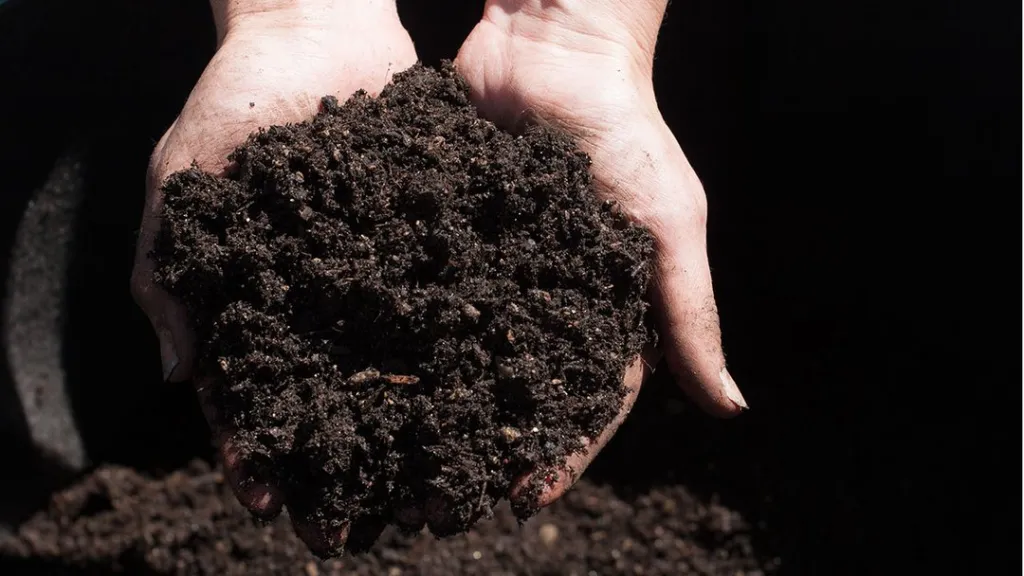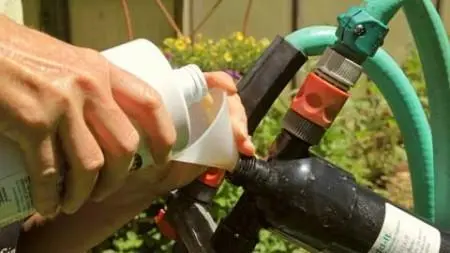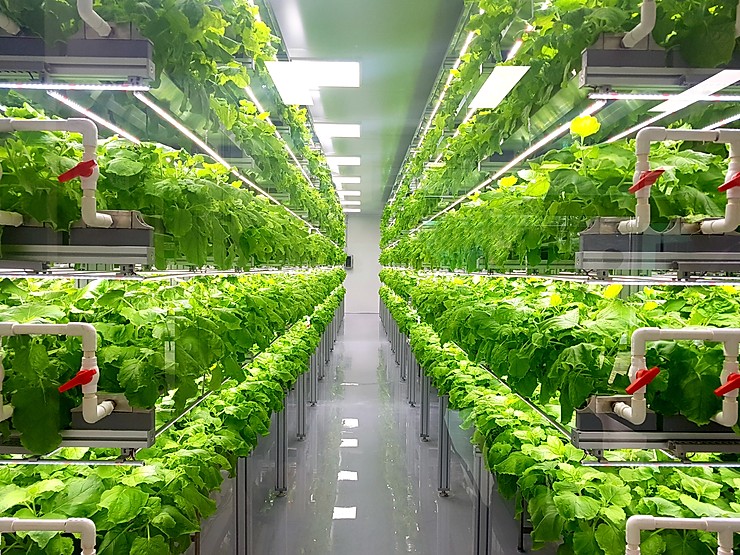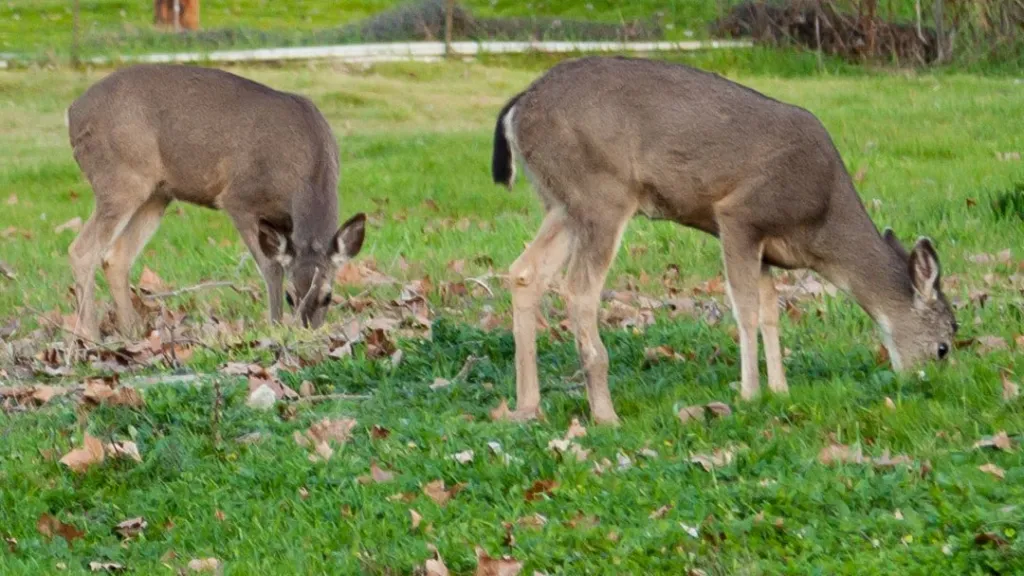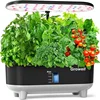It’s a war in there. Or the cycle of life. And death. And decomposition. There’s a fascinating ecosystem that turns your mound of oak leaves and banana peels into soft, sweet-smelling humus to nourish your plants. Ready to start a compost pile? Whether you have a compost pile on the ground or an enclosed compost bin, the dramatic process is the same.
What happens in composting
The pail full of kitchen scraps you take out to the compost pile is full of nitrogen. When you toss the scraps on the pile you’re giving nutrients to the bacteria there. As the bacteria consume the plant sugars in your kitchen scraps they heat up the pile. Turning the pile weekly with a compost fork or a compost aerator adds oxygen to the pile and encourages the bacteria. If your pile is really active, the bacteria population can double every hour! When your compost bin is really “cooking” check the temperature every day with a compost thermometer and see when it peaks and then declines. To keep your compost pile healthy be sure the critters have nitrogen and carbon, water and oxygen. A lack of any of those will slow down or stop decomposition. So who is causing all this heat? Who keeps breaking the pile into tiny pieces? The cast of characters in your compost:
Act One
microorganisms rule and it’s a hot time Aerobic bacteria (three kinds, the hotter temps boost the hardest workers) Fungi Actinomycetes (they form that cobwebby stuff in a compost pile) Intermission temperature declines
Act Two
macroorganisms increase Nematodes Fermentation mites Springtails Centipedes Millipedes Sowbugs & pillbugs Beetles Earthworms Enchytraeids (potworms) Flies! (bury your kitchen scraps deep in the pile to keep those fellows away) Snails & slugs Grubs (larvae of fruit beetles) Earwigs (it’s an all-you-can-eat buffet for them: insects at all stages, algae & fungi) Ants (they signal that your pile is too dry)
Act Three
temperature declines and the human returns Human removes compost or “humus” from the pile. Spreads it as top-dressing on beds, amends soil before planting, or adds it to potting mixes. Lots of these “characters” are still in the humus and they’ll enrich the garden soil’s ecosystem . The humus will improve soil quality and structure — increasing drainage in clay soil and moisture retention in sandy soil.

